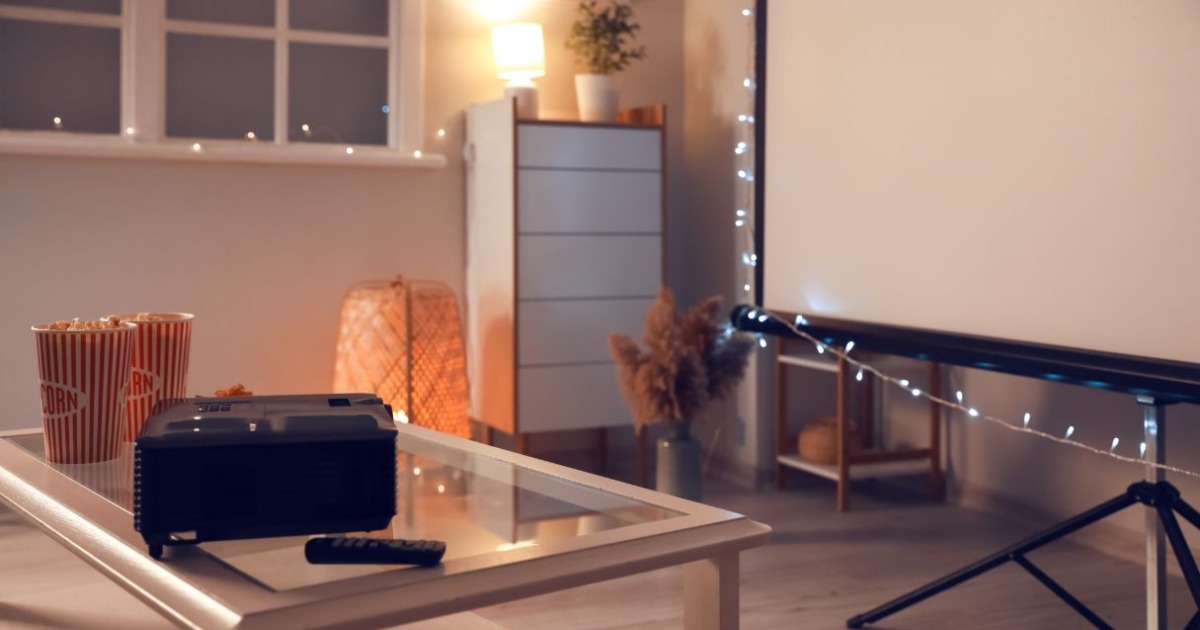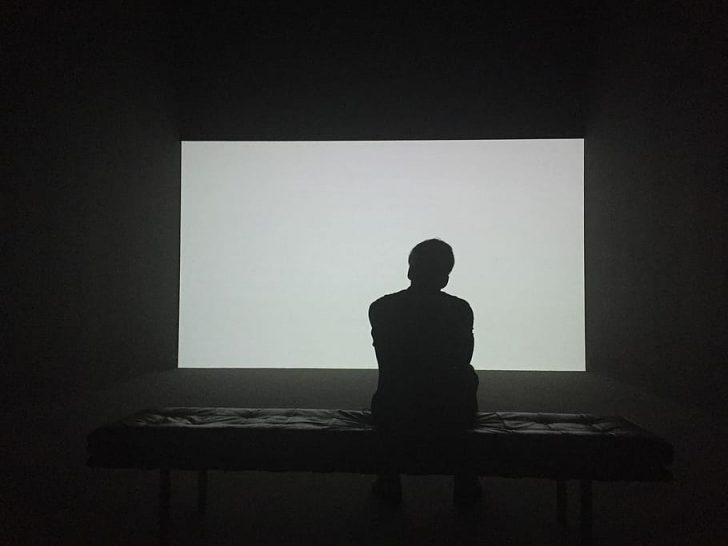How do Projectors Project Black? Knowledge answers
- 22 Jan 2025 09:11
- 182

Projectors are those magical devices that bring movies, presentations, and images to life on a blank canvas and have always left us in awe. But have you ever wondered how they project deep, inky blacks onto the screen? It's not magic but rather a fascinating interplay of light and technology. This article will explain how projectors achieve those rich black colors. Let's start reading, then!
What is a black color projection?
A black color projection refers to the representation of the color black in visual displays, such as projectors or screens. It appears as a dark, non-reflective shade, often used to enhance contrast and create depth in images and videos. Achieving true black in projection can be challenging, as it depends on factors like ambient lighting and the quality of the display equipment.
How do projectors project black?
The darkness or dim light of your space, along with the brain's interpretation of contrast, contributes to the depth of black in a projected image. This occurs despite the fact that the screen itself is either white or has a surface that reflects light. When you extinguish the lights, any portion of the projected picture becomes entirely black. The darker regions within the image simply represent areas where light isn't projected. Due to the workings of our visual system, unilluminated (black) areas appear dim or darker than their true shade. When we view an image with well-lit sections, our perception makes the unlit portions seem notably darker. We tend to see things by how bright and colorful they look compared to others. If you put something gray next to something very white, the gray will seem quite dark. And if you have a mostly red picture, things that are normally gray might look a bit greenish-blue. For instance, You can easily notice this effect on your television, and it's relevant to the lighting behind your TV. Just make sure the room's lighting is set up as you normally do when you watch TV. Now, look at your screen. When your TV is powered on, what appears as darkness is what your brain perceives as such. Unless you own a costly, top-of-the-line TV, the black will appear somewhat brighter because of some light escaping.

Dark vs. White projector screens
Different screen colors work better with various projector brightness levels and room lighting conditions. As your projector manages pixel details and the quality of your graphics, the screen color plays a role in how well you can see the images. If your projector has a lower brightness, choosing white screens is a good idea because they mirror the image more effectively. White screens and rooms with lots of surrounding light are also great for outdoor use. Avoid using dark screens with projectors that have low lumens because dark screens are better at soaking up light than their white counterparts. For more complete and detailed information, check out this amazing video, https://youtu.be/IOiH5GrGc-U?si=1_mL3SfY_Gztas6j
Factors affecting black projection on the projector
1. Projector brightness (Lumens)
The brightness level of the projector plays a significant role in the quality of black projection. Lower-lumen projectors may struggle to produce deep blacks.
2. Screen color
The color of the projection screen can influence how black is perceived. Dark screens enhance black levels, while white screens may make blacks appear less intense.
3. Room Lighting
Ambient lighting in the room can affect how blacks are perceived. A well-darkened room can make blacks look more pronounced, while bright lighting can diminish their impact.
4. Surrounding colors
The colors surrounding the black projection can also influence its appearance. Dark areas may seem darker when surrounded by brighter colors, while they may appear less dark when juxtaposed with other dark elements.
5. Contrast ratio
It measures the distinction between the brightest and darkest parts of a picture significantly impacting the quality of the black projection.
Final thoughts
Simply said, projectors work their magic by not emitting black light but rather by skillfully managing the interplay of light and technology. They create rich, inky blacks on the screen through various factors, including screen color, room lighting, and contrast ratio. Next time someone ponders how projectors project black, remember it's not magic but the fascinating science of light and contrast.
